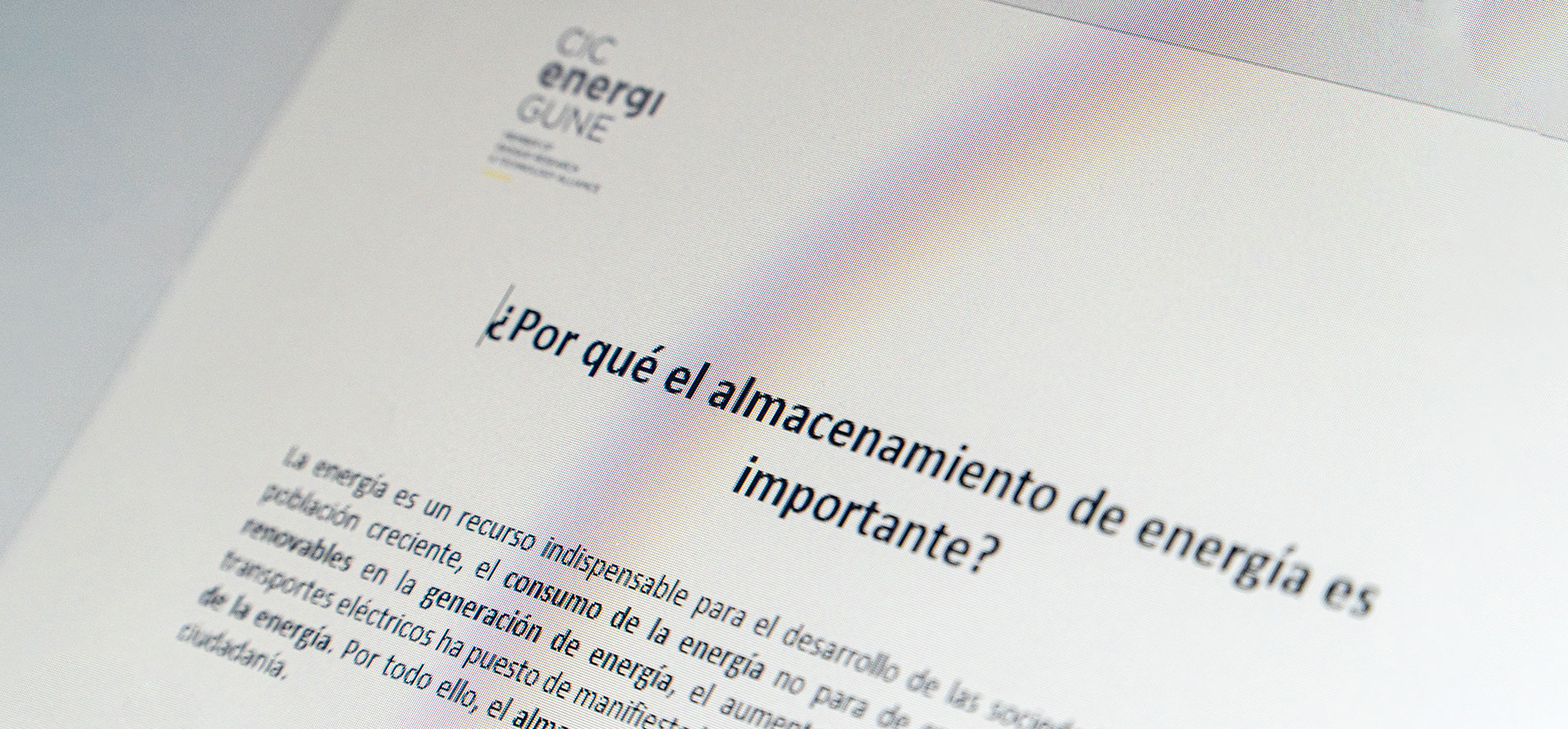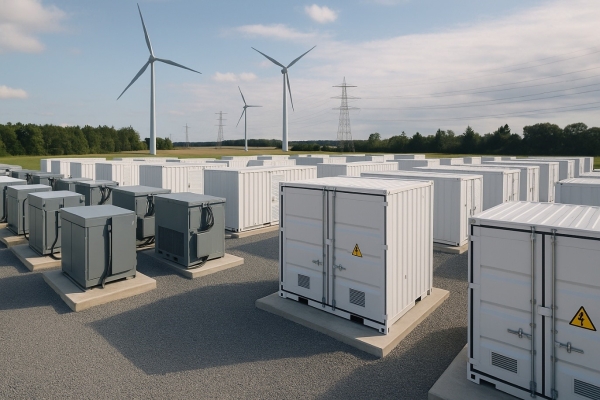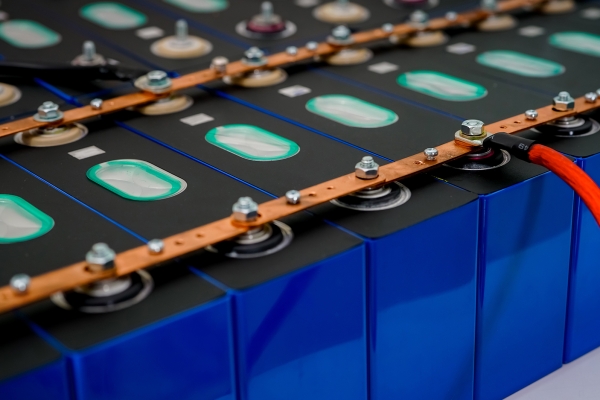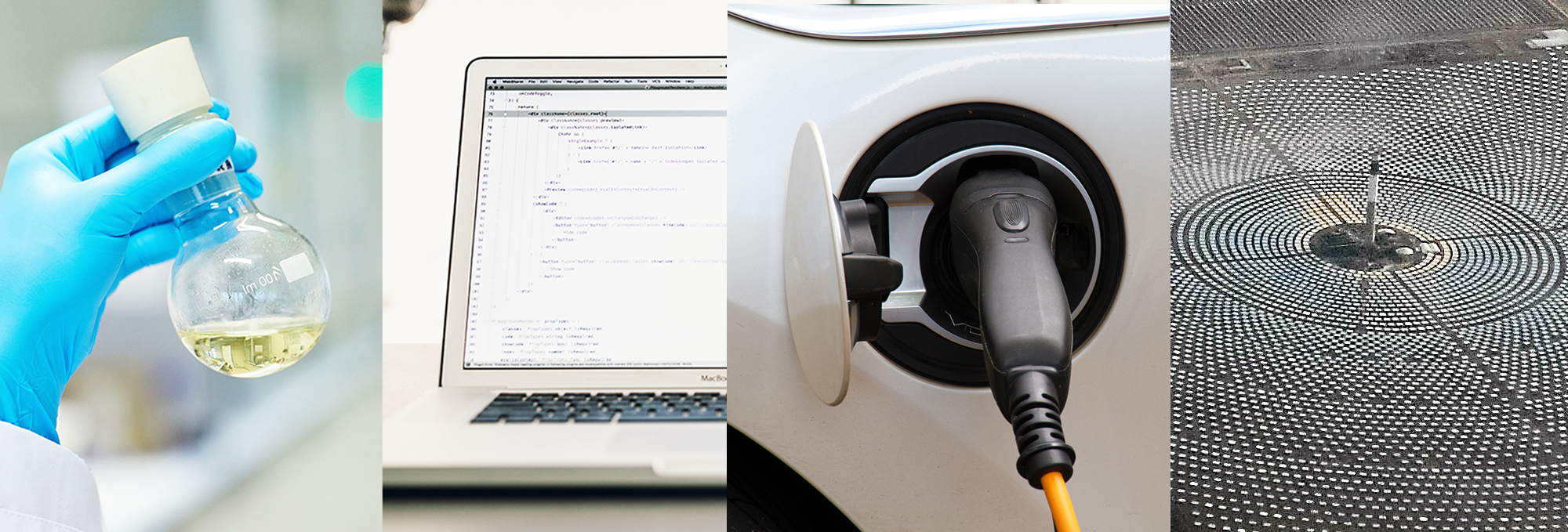1. Where do sodium batteries stand?
Sodium batteries are at a key stage of transition from research and development to industrial scale-up. Over the last few years, we have seen significant progress in terms of optimising their materials and improving their performance, especially in terms of energy capacity, durability and stability. Today, the first products based on this technology are already starting to come to market in specific applications.
2. What are the possibilities and opportunities?
Sodium batteries offer great possibilities and opportunities, especially in markets where sustainability, cost and independence from critical materials are strategic factors. As global demand for batteries continues to grow, sodium is emerging as a complementary alternative to lithium, diversifying storage technologies and reducing pressure on scarce resources.
One of its main opportunities is in stationary storage of renewable energy, where weight and energy density are not as critical as in electric vehicles. Sodium batteries can play a key role in large-scale storage for solar or wind farms, providing more affordable and sustainable solutions to stabilise the grid and manage the intermittency of renewable sources.
They also offer a great opportunity in emerging markets and applications where cost is a decisive factor. By using more abundant materials such as sodium, these batteries can be produced at a lower cost than lithium batteries, making them ideal for rural applications, microgrid systems and areas with limited access to more expensive storage technologies.
Another important opportunity is the growing regulatory and societal pressure towards greater sustainability in the battery supply chain. Sodium batteries help reduce dependence on materials such as cobalt or nickel, the extraction of which poses environmental and ethical challenges. This makes them a very attractive option for companies committed to sustainability and governments seeking to promote technologies with a lower environmental impact.
3. Do they replace other alternatives such as lithium batteries, both conventional and solid-state?
No, sodium batteries do not replace lithium batteries, but complement them, covering specific needs in certain markets and applications. Lithium batteries, both conventional and solid-state, will remain the dominant technology for applications requiring high energy density, such as long-range electric vehicles and portable electronic devices.
Sodium batteries, on the other hand, are emerging as a more economical and sustainable alternative for applications where factors such as cost, material availability and sustainability outweigh energy density. For example, as mentioned above, they have great potential in stationary energy storage, where the amount of energy per kilogram is not so important, but the ability to store large volumes of energy safely and at a lower cost.
In electric mobility, its role will be limited to short-range or micro-mobility vehicles, such as electric bicycles, scooters or urban vehicles, where cost is a decisive factor and energy density requirements are not as demanding. However, they are unlikely to displace lithium batteries in sectors such as high-end electric vehicles or heavy transport.
What we will see is a trend to diversify storage technologies according to the needs of each application. Sodium batteries will not completely replace lithium, but they will help alleviate pressure on the supply chain of critical materials, providing more affordable and sustainable solutions for certain industrial and energy applications.








